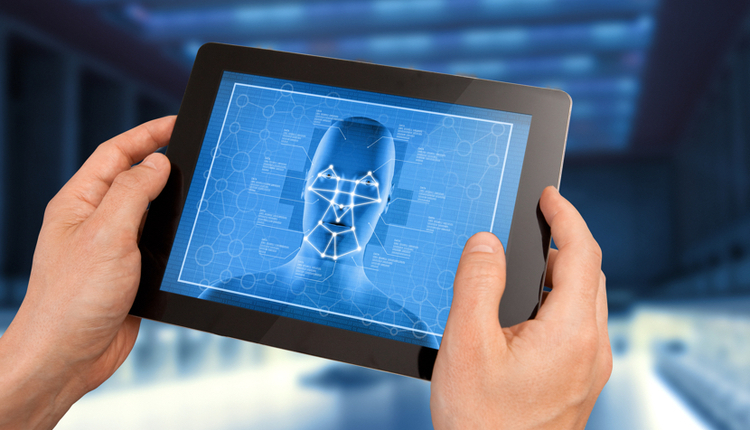
Image by: dolgachov, ©2016 Getty Images
Of course not, but...
Every year, I interview high school students for my undergraduate university. The school gives me the contact information, email addresses and phone numbers so I can set up an interview at the local library. Over the last few years, I chose to make my initial contact via email. Of course, since I check my email many times a day, I expected the applicants to return my emails right away. (Anyone who knows someone who has recently applied to college knows how stressful the college application process is, and I expected the students to be checking their email boxes frequently).
Instead, the opposite happened. Days passed with no response. Did I mistype the email? Is the high school student not interested? Finally, I had to call each student to schedule an appointment.
During one of the interviews, I asked the student why he did not respond to my email. In retrospect, his answer should not have been surprising: He checks his email maybe once a week. His communications are all through texting and social media—not email.
Apps are where it's at
How different from those of us in the working world. Today, students stay in touch with apps such as Kik, LINE, WhatsApp, Ask.fm and Whisper, many of which can be used anonymously. In China, WeChat has 700 million users, who use the app to communicate and buy and pay for things, and Facebook remains ever popular.
E-billing and email
Because today’s e-billing solutions are dependent on email, I have to wonder what this will mean to the future of e-billing adoption and what changes might be required. "Pull" e-billing solutions send an email to the payer that their bill is available for viewing online. The recipient then logs onto the biller’s website, logs in and views/pays the bill. This is usually followed up by a payment confirmation email.
Also dependent on email is "Push" e-billing. In this case, a bill is delivered as a PDF attachment to an email. Once opened, the customer can pay from the PDF or pay online.
Email for the working person
Fortunately, teenage independence from email will decline as they enter the workforce. Employees are forced to use email to communicate in the business world with their employers, co-workers and customers. They will quickly accept the use of email as a complement to their other modes of communication, much as Facebook uses email to build membership and member visits.
So while the younger generation is a lesser user of email than their elders, that will change as they become productive workers who need to pay their utility, mortgage, taxes and credit card bills, just like everyone else.
Perhaps what may be more relevant to changes in e-billing is not whether email will survive but, more importantly, how that email will be read and answered. In that regard, it is clear that having an effective mobile strategy is key. Last month, Facebook reported that 80% of all usage was from a mobile device. Whether it be mobile access to emails and websites, links to e-payments or integration with mobile wallets, it is critical that multi-channel mobile access is available and a key component of a company’s communication strategy.
Richard Rosen is the chief executive officer of The RH Rosen Group. The RH Rosen Group works with clients to reduce costs and improve cash flow through paper reduction and process improvements. Contact him at RichR@RHRosenGroup.com or visit www.rhrosengroup.com.















